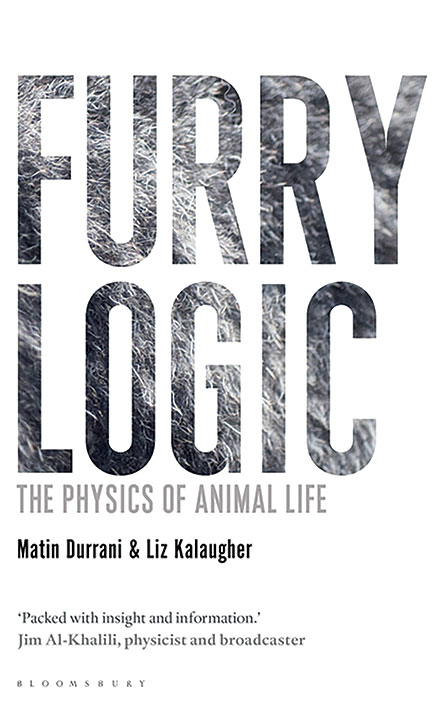‘Furry Logic’ showcases how animals exploit physics
Book chronicles use of light, magnetism and other phenomena

SOUNDS GOOD When peacocks shake their tail feathers, they make low-frequency sounds that attract peahens. This manipulation of sound is one example of animals’ use of physics detailed in Furry Logic.
Jatin Sindhu/Wikimedia Commons (CC BY-SA 4.0)
 Furry Logic
Furry Logic






